Understanding Vintage Frames
Vintage frames are more than just a decorative accessory; they are pieces of art that tell stories of the past. In recent years, there has been a surge in popularity for vintage frames as they provide a unique blend of style, nostalgia, and craftsmanship. Whether you are an avid collector or simply someone looking to add an elegant touch to your décor, understanding vintage frames is essential for making informed choices.
What Defines Vintage Frames?
Vintage frames typically refer to picture frames, eyewear, or decorative accents that are at least 20 to 100 years old. Their defining characteristics lie in their craftsmanship, materials, and design styles that reflect the aesthetics of the period in which they were made. Often hand-finished or made with unique techniques that may not be common today, vintage frames stand apart due to their historical value and the stories they carry.
History and Evolution of Frame Styles
The history of vintage frames can be traced back to the Renaissance, when they were used to enhance artworks. Frames such as the ornate gilt and hand-carved wood became favorable during the Baroque period, showcasing a strong interplay between art and decoration. As time progressed, the styles evolved: from the minimalistic frame designs of mid-century modernism to the elaborate embellishments of Victorian styles, each era has left an indelible mark on frame design histories. Understanding this evolution is crucial for anyone interested in collecting these historical pieces.
Common Materials and Techniques in Vintage Frame Crafting
Vintage frames were often crafted from materials such as hardwoods, metals, and glass. Common techniques included hand-carving and gilding, which added to their aesthetic appeal and decorative richness. Many vintage frames feature unique jointing techniques, such as finger joints or dovetailing, which highlight the craftsmanship and skill involved in their making. The use of materials like plaster for ornamental frames was also prevalent, where artisans would create highly detailed decorative elements that made the frames both sturdy and visually captivating.
Choosing the Right Vintage Frames for Your Decor
Choosing the right vintage frames can significantly enhance your interior space, adding character and warmth to your design. However, selecting the perfect piece involves more than just aesthetics; it requires a deeper understanding of the frame’s style, condition, and compatibility with your existing décor.
Identifying Authentic Vintage Frames
When searching for authentic vintage frames, it’s important to know the signs of authenticity. Key indicators include the quality of craftsmanship, any markings that may provide a date or manufacturer, and signs of wear consistent with age. For instance, frames with rough or imperfect finishes might suggest they are genuine antique pieces, as opposed to overly polished reproductions that lack character. Additionally, examining the backing, such as using old nails or wood types, can also serve as a clue to the frame’s age.
Mixing Vintage Frames with Modern Decor
Combining vintage frames with modern décor is an art that can result in beautifully curated interiors. The contrast between the old and new can create a stunning visual dialogue. Select a color palette that allows the vintage frames to pop while still blending with contemporary elements. Utilizing an eclectic arrangement, such as a gallery wall with varied frame sizes and styles, can add visual interest and personality to any room.
Color and Style Considerations for Vintage Frames
Your choice of color and style is pivotal when incorporating vintage frames into your décor. Dark, ornate frames often fare well in traditional, classic interiors, while sleek, minimalist frames work best with modern aesthetics. The choice of colors should complement not only your selected frames but also the overall theme of your space. Neutral shades offer versatility, while bold, vintage hues can serve as focal points that draw attention.
Where to Buy Vintage Frames: Top Recommendations
Finding the perfect vintage frame requires knowing where to look. Fortunately, a variety of options exist, ranging from online marketplaces to local antique shops, that cater to different styles and budgets.
Online Retailers for Authentic Vintage Frames
Online platforms such as Etsy, eBay, and specialized retailers like Vintage Frames Company provide vast selections of vintage frames. Sites like these often include detailed descriptions and high-resolution images that allow potential buyers to assess quality and condition before making a purchase. When buying online, always check seller reviews to ensure a trustworthy transaction.
Thrift Stores and Antique Shops: Hidden Gems
Thrift stores, flea markets, and antique shops can be treasure troves for vintage lovers. Often, you can find unique frames at much lower prices than online retailers. Visit different locations frequently, as inventory changes regularly. Engaging with shop owners can also yield insider knowledge about incoming items or promotional events.
Popular Marketplaces for Collectible Vintage Frames
Social media platforms and dedicated auction sites have emerged as popular marketplaces for collectible vintage frames. Instagram, for instance, features numerous dealers showcasing their curated collections. Likewise, auction sites often host events specifically for vintage items, providing opportunities to acquire rare pieces at competitive prices.
Care and Maintenance of Vintage Frames
Caring for vintage frames is crucial to their longevity. Like any work of art, they require appropriate maintenance to preserve their beauty and integrity over time.
Cleaning Techniques to Preserve Frame Integrity
Cleaning vintage frames should be done cautiously. Using a soft, dry cloth can remove dust without damaging delicate surfaces. For deeper cleaning, a slightly damp cloth can be employed, but avoid getting the wooden parts too wet. A professional restorer should be consulted for intricate frames or for those made from materials like gilding, which require specific care techniques.
Restoration Tips for Damaged Vintage Frames
If your vintage frame suffers damage, consider restoration. Minor scratches can often be filled with a matching wood filler, while loosening joints should be re-glued with appropriate adhesive. If the frame is missing parts or the restoration seems daunting, professional restorers can provide solutions that maintain elegance while revitalizing the frame.
Storing Your Vintage Frames Properly
Proper storage of vintage frames is essential to prevent additional wear. Frames should be stored upright in a padded box to prevent scratches, with glass portions wrapped in acid-free tissue. Away from direct sunlight and extreme temperature changes is also important to protect the integrity of the frame materials.
Investing in Vintage Frames: Value and Worth
Collecting vintage frames can also be seen as an investment. Understanding what drives value in the market is essential for collectors and enthusiasts.
Market Trends for Vintage Frames
The market for vintage frames is dynamic, with trends significantly influenced by fashion, art, and design movements. As eclectic and retro styles become more popular, the demand for vintage frames has surged. Researching current trends and attending vintage fairs can provide insights into what styles are gaining popularity and which ones may increase in value over time.
What Makes Vintage Frames Valuable?
Value is determined by several factors, including age, condition, desirability, and provenance. Frames can fetch high prices if they originate from renowned designers or were produced during critical design movements. Additionally, frames that incorporate rare materials or unique handcrafted elements tend to have higher market value.
Collectible Vintage Frames: Buying vs. Selling
Understanding the collectible nature of vintage frames makes it crucial for both buyers and sellers to stay informed about pricing trends and valuation strategies. For buyers, researching comparable sales and market trends can yield sound investments, whereas sellers should professionally photograph and describe their pieces for maximum visibility. Connecting with other collectors through forums and local meetups can also enrich the purchasing and selling experience.
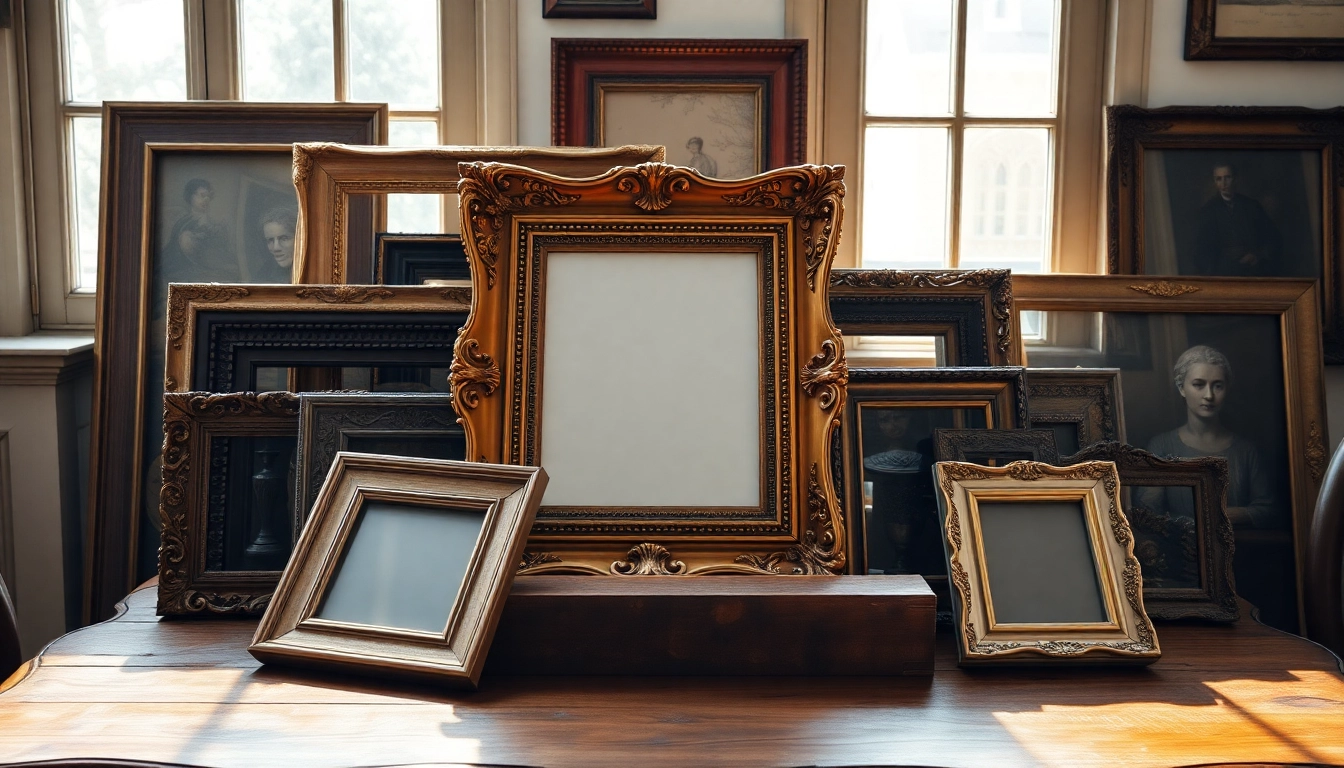
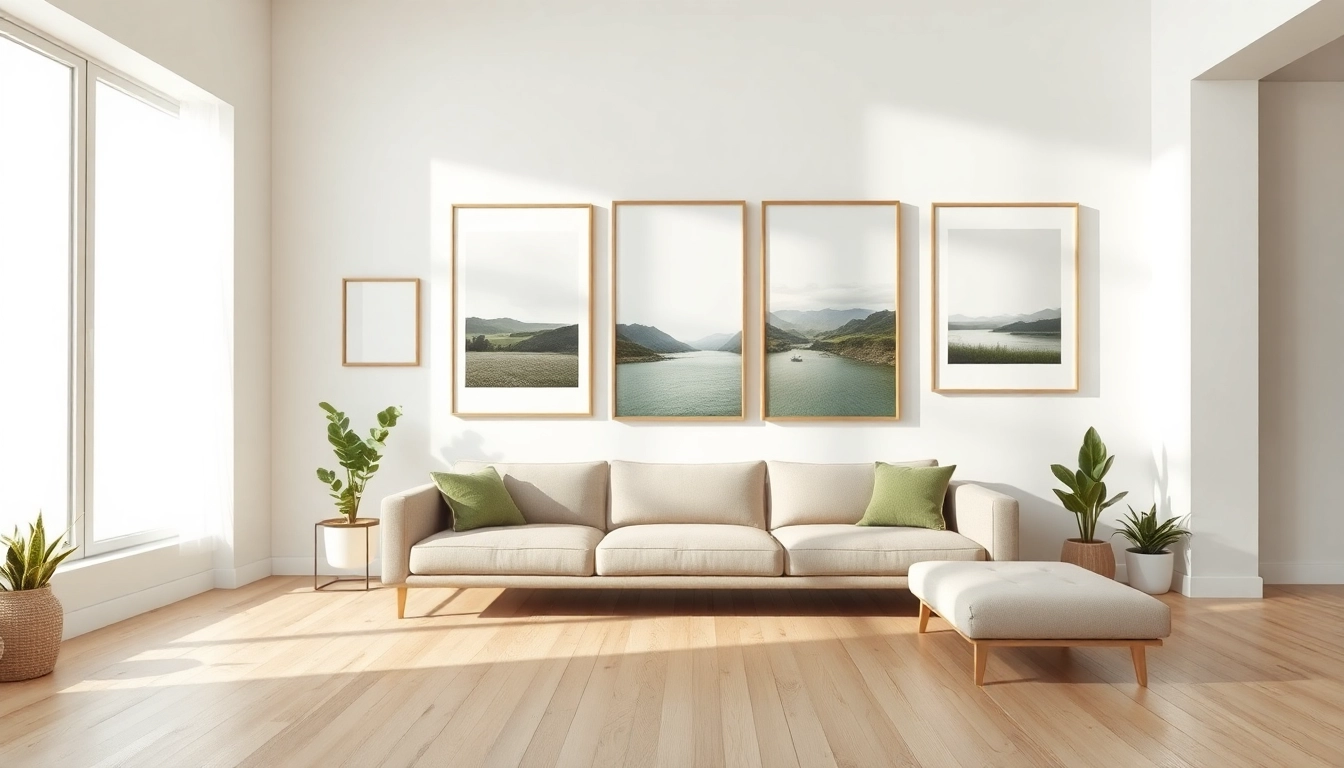
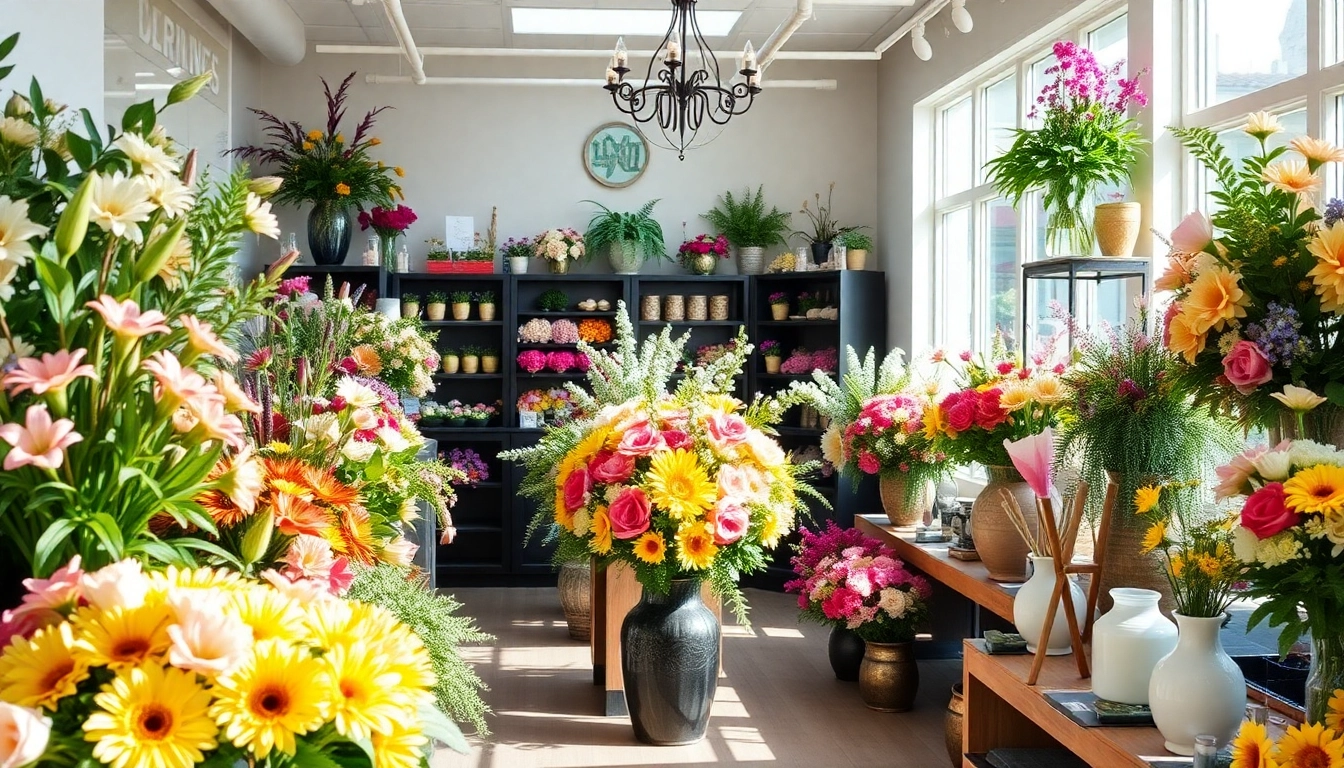


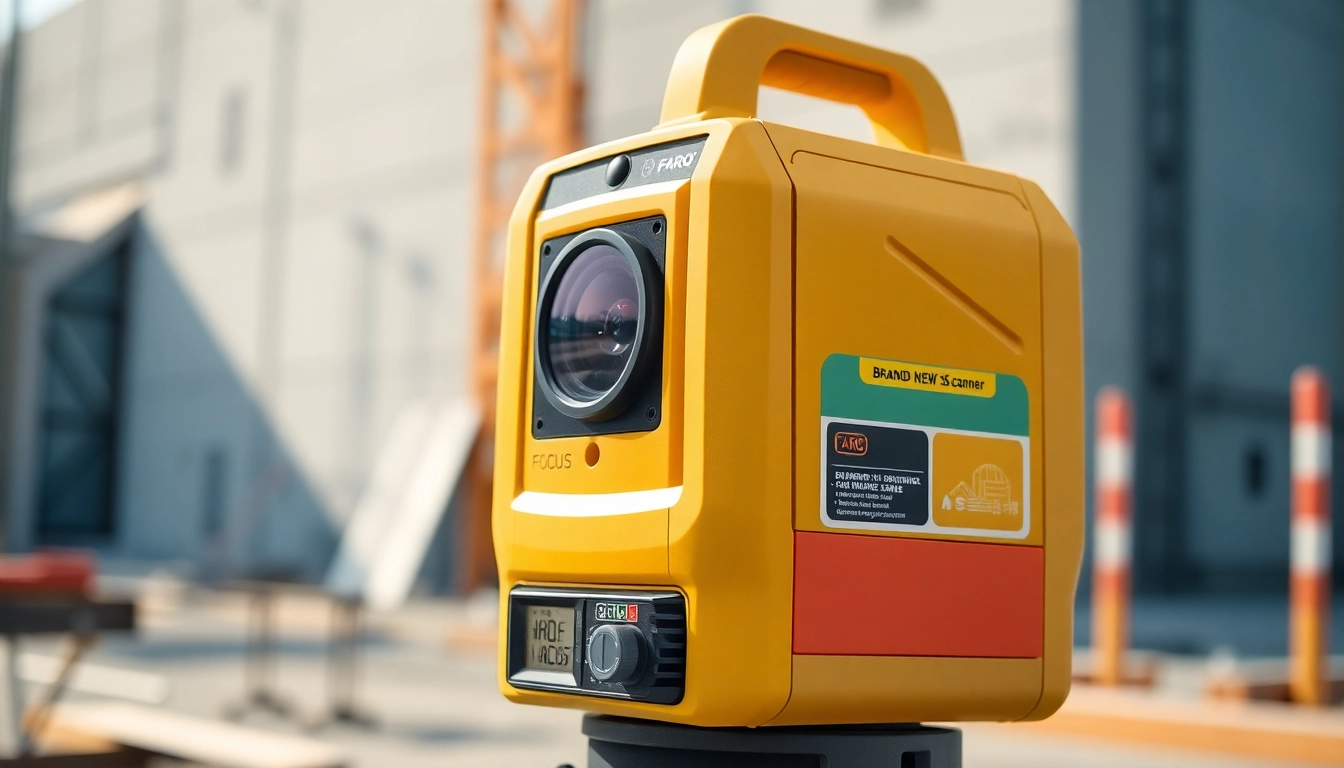




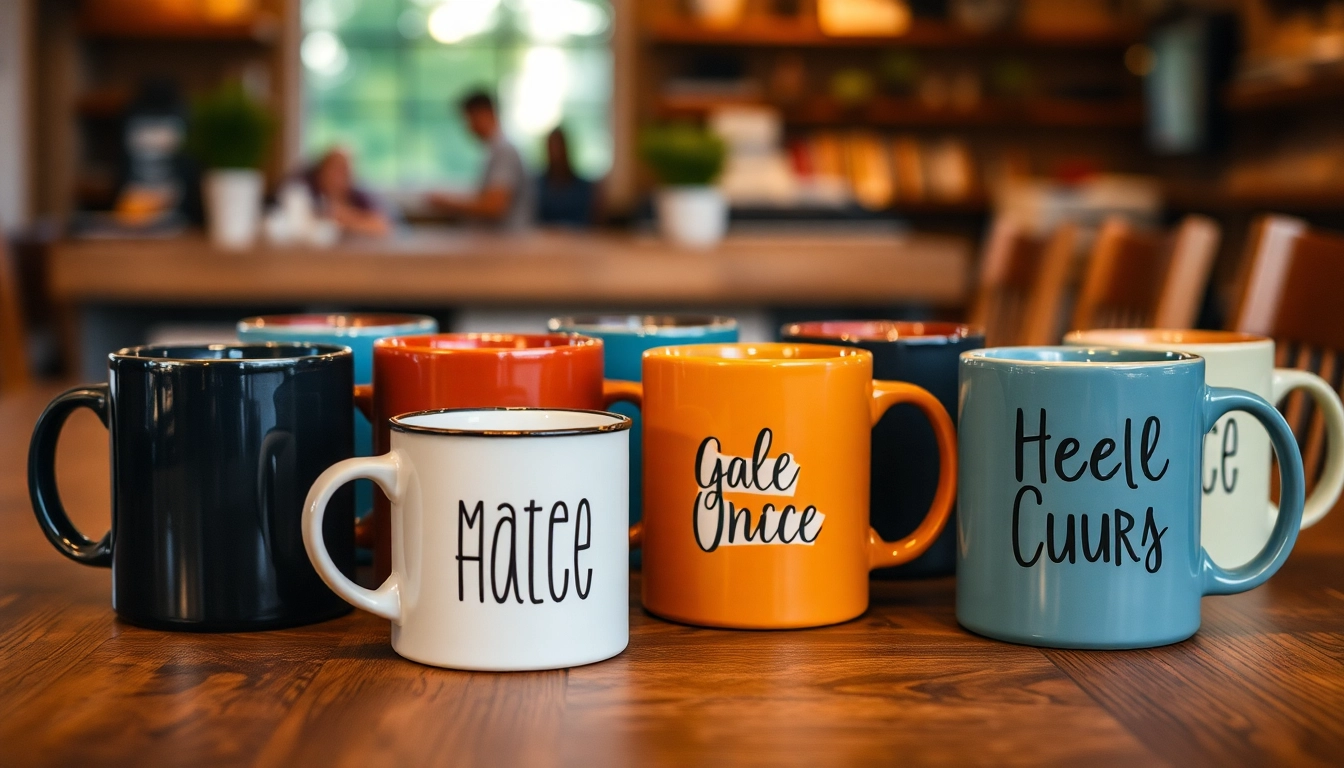



Leave a Reply